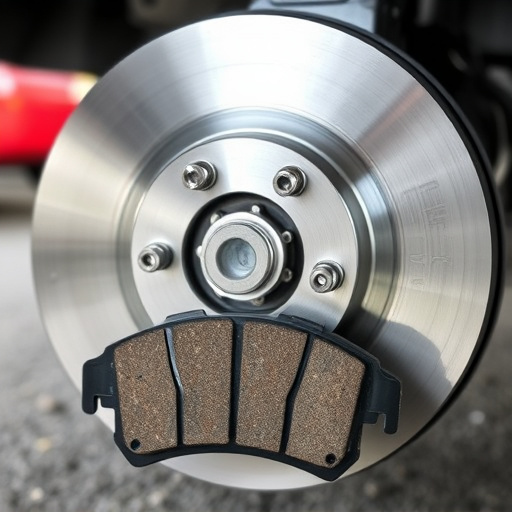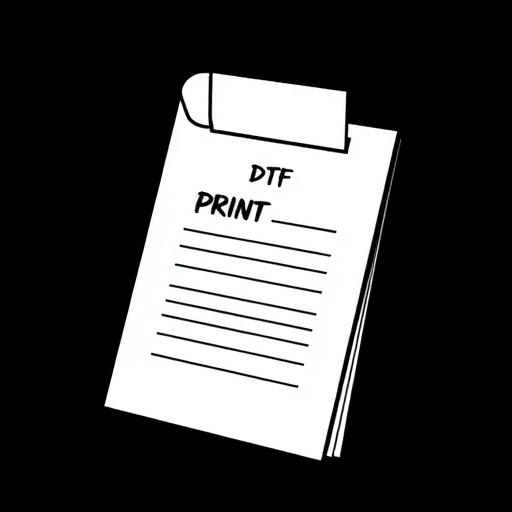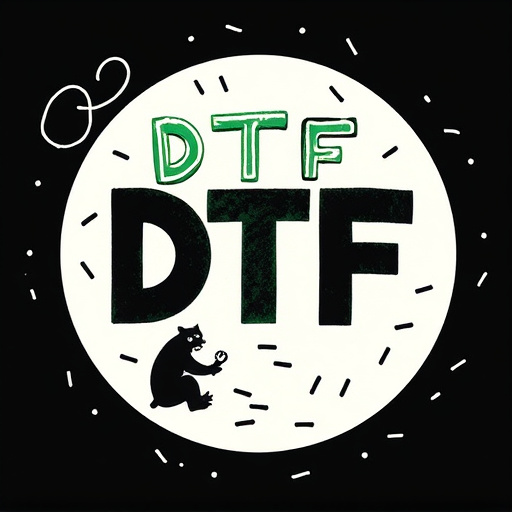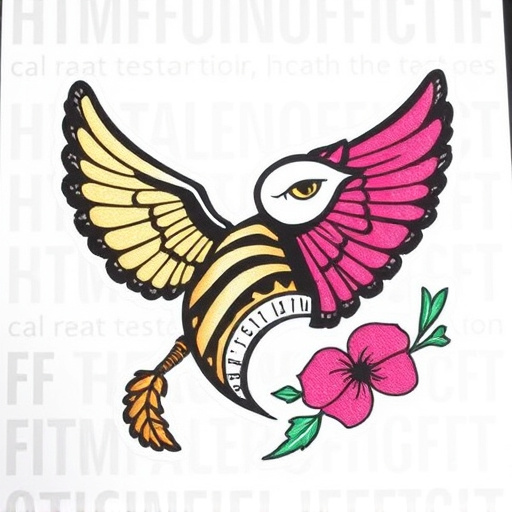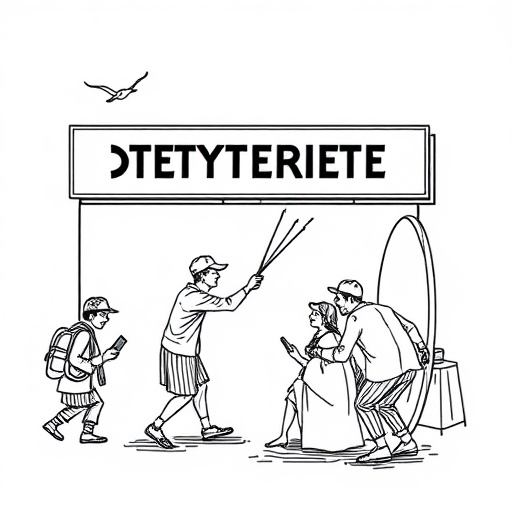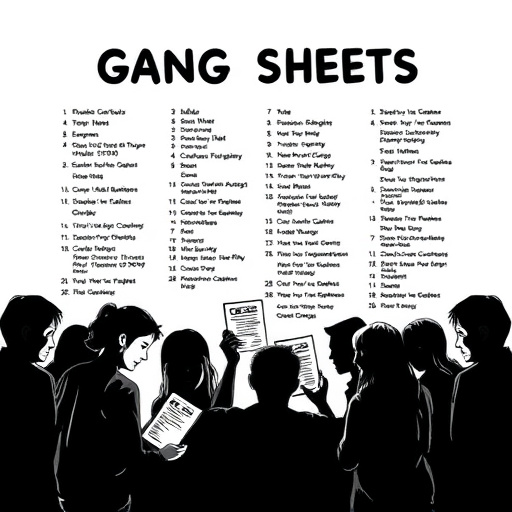The fashion industry is undergoing a quiet revolution driven by consumer demand for eco-friendly clothing. DTF Hoodies, made from sustainable materials and using direct to film printing, lead this trend. These hoodies reduce carbon emissions and waste, appealing to environmentally conscious shoppers. By 2025, we expect a significant shift towards sustainability in the industry, with DTF printing techniques taking center stage. Currently, there's high demand for custom DTF transfers not limited to t-shirts but also hoodies, encouraging brands to adopt eco-friendly practices.
In 2025, eco-friendly DTF hoodies are making waves in the fashion industry. As consumers become increasingly conscious of sustainability, this trend is driven by a market shift towards greener alternatives. Traditional hoodie manufacturing is giving way to innovative, eco-conscious practices. From sustainable materials to reduced environmental impact, DTF hoodies represent a significant step forward in a rapidly evolving, more responsible fashion landscape.
- Sustainable Materials: DTF Hoodies' Eco-Revolution
- Consumer Demand Drives Market Shift
- Future Trends: A Greener Fashion Landscape
Sustainable Materials: DTF Hoodies' Eco-Revolution

The fashion industry is undergoing a silent revolution as consumers become increasingly conscious of environmental impact. At the forefront of this change are DTF Hoodies, crafted with sustainable materials that signal a stark departure from conventional apparel production. These hoodies utilize eco-friendly DTF printing for t-shirts and direct to film personalization, ensuring minimal waste during manufacturing. By embracing organic fabrics like bamboo or recycled polyester, brands behind these hoodies significantly reduce their carbon footprint compared to traditional textile production methods.
The shift towards eco-friendly DTF Hoodies isn’t just a trend; it’s a response to the growing demand for responsible consumption. With direct to film printing techniques, each hoodie can be tailored to individual preferences, promoting a more personalized and sustainable approach. This innovative process allows for precise design application without excess material waste, making DTF printing for hoodies an attractive option for environmentally-minded consumers who appreciate both style and sustainability.
Consumer Demand Drives Market Shift
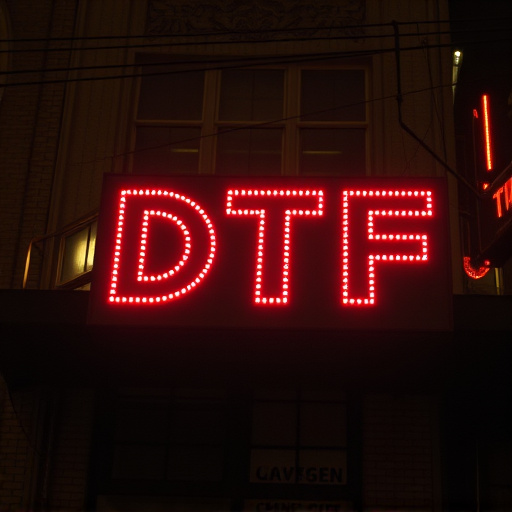
In recent years, a noticeable shift in consumer preferences has been driving an eco-friendly revolution within the apparel industry. The demand for sustainable and ethical clothing options is on the rise, and DTF (Direct to Fabric) hoodies are at the forefront of this movement. This innovative printing technique allows for intricate designs to be applied directly onto fabrics without the need for intermediate layers, making it a preferred method for creating eco-conscious garments.
Consumers are increasingly conscious of the environmental impact of their choices, and they are seeking out alternatives to traditional manufacturing processes. DTF heat transfer paper offers a solution by enabling printers to produce high-quality, vibrant prints on a variety of fabrics, including light materials commonly used in hoodie construction. This method reduces waste and the carbon footprint associated with conventional printing for DTF hoodies, contributing to a greener production process and appealing to environmentally-minded shoppers. As a result, DTF printing for t-shirts and light fabrics has experienced significant growth, indicating a clear market trend towards sustainable fashion choices.
Future Trends: A Greener Fashion Landscape

The fashion industry is undergoing a significant transformation as consumers become increasingly conscious of sustainability and eco-friendliness. By 2025, we can anticipate a greener landscape where DTF (Direct to Fabric) hoodies play a pivotal role. This innovative printing method allows for precise application of designs directly onto fabrics, minimizing waste and reducing the environmental impact associated with traditional printing processes. The market is already witnessing a surge in demand for custom DTF transfers, which are being utilized not just for t-shirts but also for various apparel items, including hoodies.
This shift towards sustainability is driving future trends, encouraging brands to adopt eco-conscious practices and consumers to make informed, environmentally friendly choices. As the market continues to mature, we can expect even more DTF applications, further solidifying its place as a game-changer in the fashion industry. This trend not only benefits the environment but also empowers businesses and designers to create unique, personalized pieces while keeping up with the growing demand for sustainable products.
As we move towards a more sustainable future, eco-friendly DTF Hoodies are not just a fashion statement but a meaningful choice. With increasing consumer demand for green products, the market is poised for significant growth in 2025 and beyond. The shift towards sustainable materials and production methods reflects a global awareness of environmental impact. By choosing DTF Hoodies, consumers can actively contribute to a greener fashion landscape while staying ahead of style trends.



